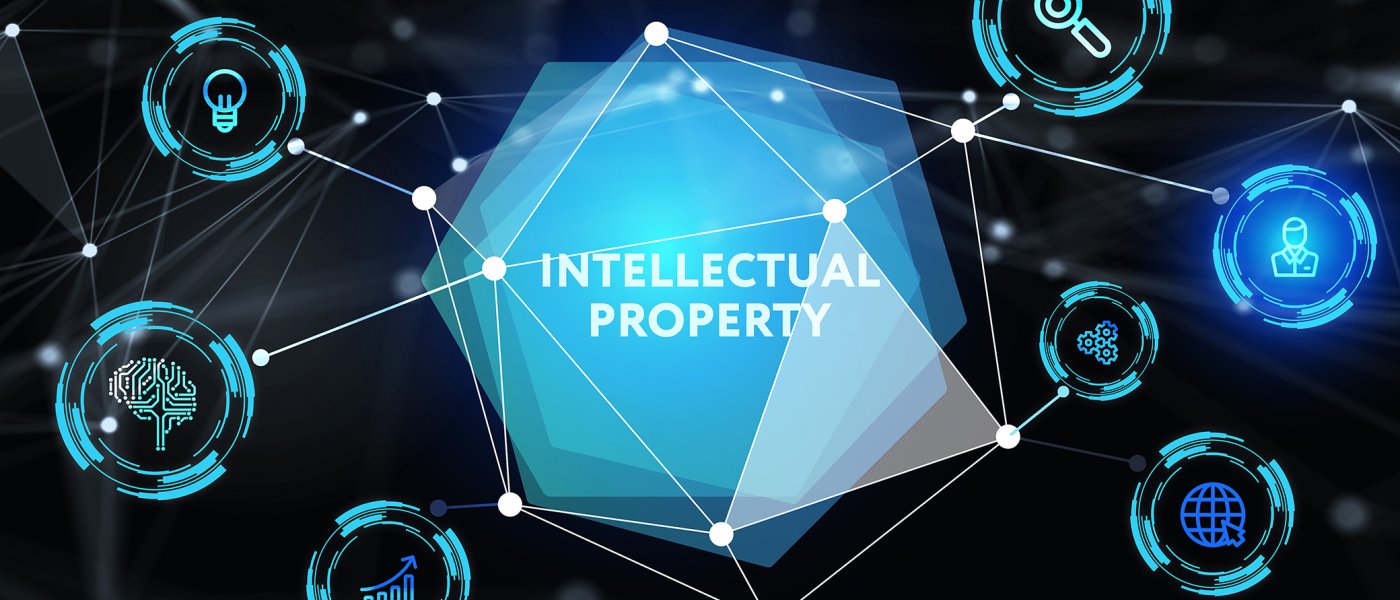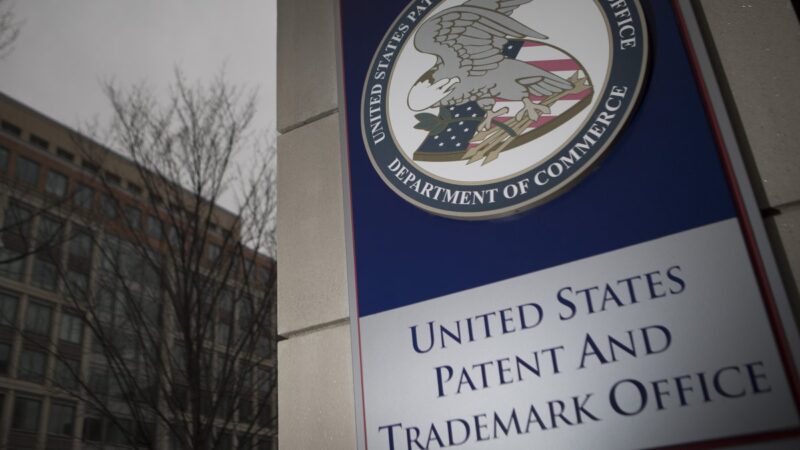Four Actions to Strengthen the U.S. Intellectual Property System

By Hideki Tomoshige and Sujai Shivakumar
A reliable and robust intellectual property (IP) system is a pillar of the nation’s innovation system. In an era when economic growth, global competitiveness, and national security are all predicated on relative strengths of national innovation systems, the United States needs to take deliberate steps to clarify and strengthen its IP framework.
Indeed, while patents have become more and more difficult to obtain, maintain, and enforce in the United States, China and Europe have moved to make their patent systems more competitive. Notably, China has taken deliberate actions to speed up the adjudication of certain IP cases. It is grooming judges who are technically trained professionals, clarifying rules on patent eligibility, and lowering court costs. There are, of course, lots of problems still with the Chinese patent system, but China is affirmatively working to improve it to its national benefit. The United States needs to do the same. A strong innovation economy cannot exist without a strong IP system.
To maintain a competitive innovation system in this competitive global environment, the United States needs to tackle four major initiatives to build a strong, reliable, and predictable IP ecosystem, as identified by a roundtable of experts convened by the Renewing American Innovation Project at CSIS.
Action 1: Promote Broader Access through Better Data
Women and minority inventors have made some of the most significant inventions in the history of the United States. However, according to a report by the U.S. Patent and Trademark Office (USPTO)’s Office of the Chief Economist, only 21.9 percent of all U.S. patents in 2019 listed women as inventors, and women represented only 12.8 percent of all inventor-patentees in the United States. Bipartisan and bicameral lawmakers introduced the Inventor Diversity for Economic Development (IDEA) Act of 2019 and the IDEA Act of 2021 which aimed to help the USPTO better understand the personal challenges faced by women and minorities applying for patents. Had these pieces of proposed legislation been passed, they would have directed the USPTO to voluntarily collect demographic data from patent applicants, including gender, race, military service, and veteran status. The laws would also have required the USPTO to issue reports on the data it collects and make the data available to the public so that outside researchers would be able to conduct their own analyses and provide insight into the various patent disparities that exist in the United States. This legislation is still a good idea.
Action 2: Clarify Patent Eligibility Requirements
In order to obtain a patent in the United States, the invention for which an application is filed must satisfy certain statutory requirements in Title 35 of the United States Code, such as novelty (Section 102) and non-obviousness (Section 103). Subject matter eligibility (Section 101) is another statutory requirement that must be satisfied, and this one on particular has been debated for many years in the United States. The U.S. Supreme Court’s 2014 decision in Alice v. CLS Bank created a two-part patent test to determine whether a patent application recites patentable subject matter. However, this two-part patent eligibility test has been difficult to apply. This has led to uncertainty for innovators and investors, along with unpredictable business results. In 2022, Senator Thom Tillis introduced the Patent Eligibility Restoration Act of 2022 with the goal of resolving the confusion surrounding Section 101, but the legislation has not yet passed.
Action 3: Strengthen Patent Enforceability
Even if a court finds that a patent has been infringed, it is very difficult for the patent holder to obtain an injunction in the United States. This is because the Supreme Court, in its 2006 decision in eBay Inc. v. MercExchange, L.L.C., decided that injunctions are no longer the default response of the legal system when patent theft is proven. In other words, if a company steals another company’s intellectual property and uses that intellectual property to develop a competing business, the infringing company is better off paying the damages awarded in court over the years. The patentee cannot exercise their right to exclude the infringer from the market. Congress should consider restoring the presumption that an injunction is an appropriate remedy when a patent is found to be infringed.
Action 4: Clarify Patent Validity
The Leahy-Smith America Invents Act of 2011 established administrative procedures, including “inter partes review” and “post grant review,” to allow third-party challenges to patent validity before the U.S. Patent Trial and Appeal Board (PTAB). The hurdles for raising challenges at the PTAB are lower than in district court litigation, which has led to numerous petitions against patentees. In addition, repeated attacks on the same patent are possible between courts and the PTAB, preventing the patent owner from achieving quiet title. As a result, concerns have arisen that this institutional design is undermining the U.S. patent system. In 2017 and again in 2019, Senators Chris Coons (D-DE) and Tom Cotton (R-AR) introduced the Support Technology & Research for Our Nation’s Growth and Economic Resilience (STRONGER) Patents Act to try to remedy these and related concerns with respect to the PTAB. A new version of this bill is expected to be introduced soon.
A strong intellectual property regime is a pillar of U.S. economic and technological competitiveness and has provided incentives for the invention and commercialization of countless essential technologies enjoyed around the world. Addressing these four issues will help the United States secure and strengthen its intellectual property rights and reinforce its innovation system.
This piece was originally published on August 28th, 2023 with the Renewing American Innovation (RAI) Project at the Center for Strategic and International Studies (CSIS)


Assessing the Patent and Trademark Office’s Inventorship Guidance for AI-Assisted Inventions
